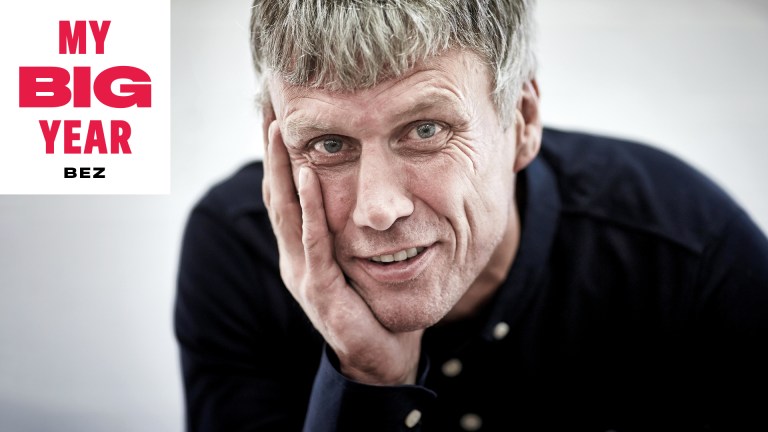Some 25 years young this summer and just reissued on vinyl for the first time since its original pressing, Zooropa is the audience-polarising freak in U2’s discography, and a tantalising glimpse of the contrastingly un-shit band they could have gone on to become in the post-commercial-zenith period of their recording career if they’d chosen to.
For the benefit of anyone not paying attention to the Irish juggernauts of overwrought rock’s story this last quarter-century, here’s a quick catch-up. Feeling sheepish after being panned for their harshly judged pretend techno album, 1997’s Pop, not to mention wasting a ton of cash on a giant motorised mirrorball lemon, Bono, Edge, Adam Clayton and the drummer panicked and regressed to making a long string of records starting with 2000’s All That You Can’t Leave Behind which were essentially supermarket own-brand versions of their 25 million-selling 1987 classic The Joshua Tree. An album which of course was written by Bono in his Jacobean stately home in Norfolk between bowls of Alpen and readings of the Sunday Express – according to a memorable episode of I’m Alan Partridge anyway.
Low points of U2’s still ongoing full-cringe phase include that song where The Edge randomly shouts in Spanish a lot, and whichever conversation it was when four fully grown men all agreed, “Yes, it is a good idea to release a single with a chorus that goes ‘Hey! Sexy boots!’” To say nothing of when U2 did a devil’s handshake with Apple to spam 60 bazillion people’s iTunes accounts with a free album so insultingly bad the tech giant subsequently had to issue emergency instructions to users explaining how to get rid of it, lest everyone throw their phones in the sea.
In polar opposite to the U2 of today, it was like U2 doing their damndest not to sound like U2
But it could all have been so different, had U2 continued to tug on the fine precious thread they unpicked with the Brian Eno co-produced Zooropa back in 1993. Reinvented with added sense of humour by 1991’s 18 million-selling Achtung Baby and its accompanying irony-rich sensory overload of a blockbusting live show, the Dubliners flew shuttle runs back and forth to studios around Europe between dates on the Zoo TV Tour, to complete a tricksy, off-the-cuff electro-industrial art-rock album reportedly inspired by Nine Inch Nails and My Bloody Valentine.
Out went jangly anthemry, in came synths and drum loops and noise collages built out of samples from radio signals, tape hiss and Nazi propaganda films. For a brief, fleeting moment, whether by accident or design, Bono discovered the value of understatement in his singing. In polar opposite to the U2 of today, it was like U2 doing their damndest not to sound like U2. Which is to say: wholly unlike a man in cataract glasses repeatedly yelling “issues!” over what sounds like the same guitar note played incessantly in a particularly echoey cave, backed by a rhythm section which has only very rarely since about the mid-Eighties not come across as catatonically bored.









